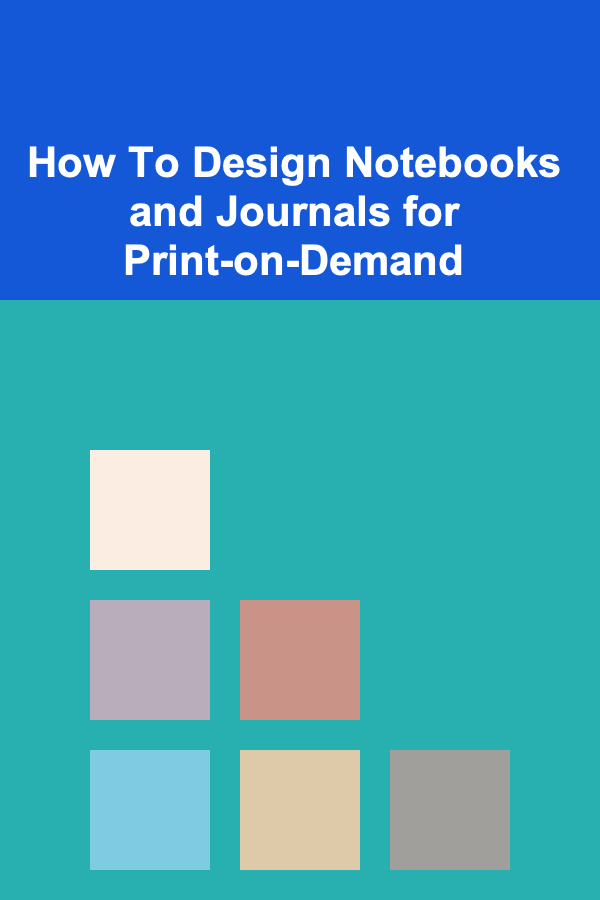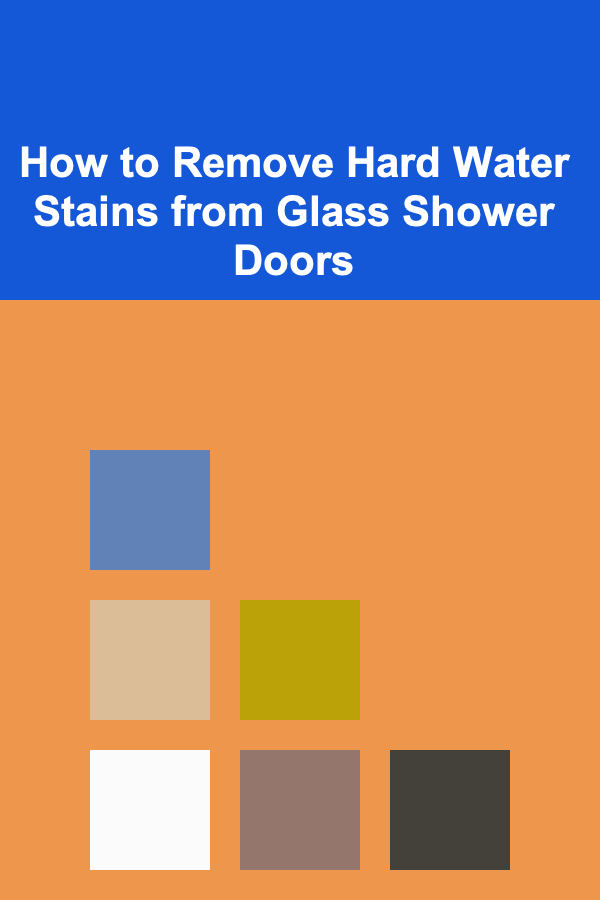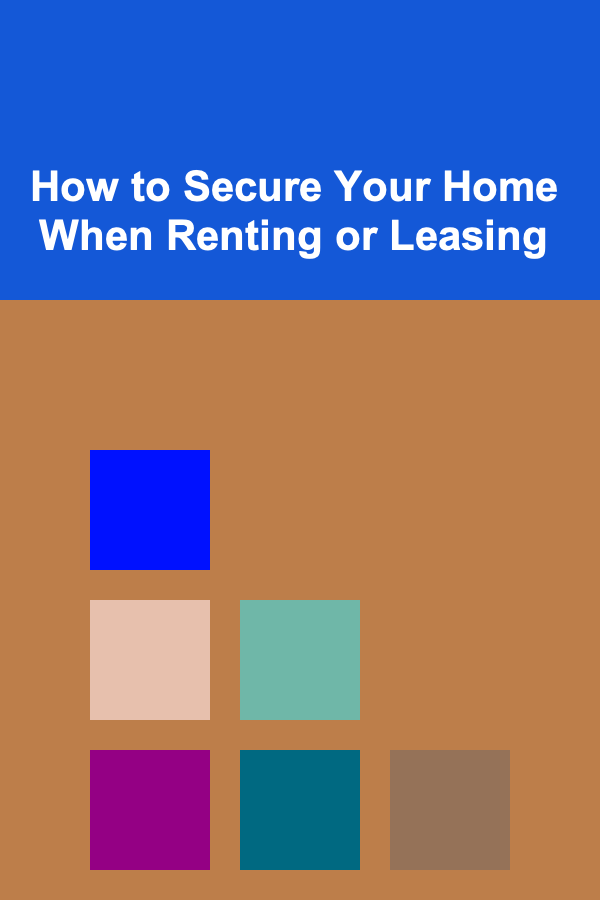
How To Design Notebooks and Journals for Print-on-Demand
ebook include PDF & Audio bundle (Micro Guide)
$12.99$7.99
Limited Time Offer! Order within the next:

The print-on-demand (POD) industry has revolutionized the way products are manufactured and sold, offering creators the ability to design and sell custom items without the burden of inventory. Among the most popular POD products are notebooks and journals, which serve as highly personal and functional items for consumers. Whether you are an aspiring designer or an entrepreneur looking to capitalize on this growing market, understanding how to create compelling, high-quality notebooks and journals for POD is crucial to success.
Designing notebooks and journals for POD involves a unique blend of creativity, practicality, and an understanding of the POD workflow. From ideation to the final product, each step plays a vital role in ensuring that your designs are not only visually appealing but also functional and marketable. In this article, we will guide you through the process of designing notebooks and journals specifically for print-on-demand, covering everything from design principles and tools to marketing strategies and vendor considerations.
Understanding the Print-on-Demand Model
Before diving into the design process, it is important to understand the POD model. In a traditional manufacturing setup, products are created in bulk and stored in inventory, waiting for customers to purchase them. However, in a POD model, products are only printed when an order is placed, allowing for a highly customizable and low-risk business approach. For notebooks and journals, this means that the designs are printed on the cover, inside pages, and sometimes even on the spine, according to the customer's preferences.
POD businesses operate through online platforms such as Redbubble, Teespring, Printful, and Society6, which allow designers to upload their creations, select the products they want to offer, and set their prices. When a customer places an order, the POD company handles the production, packaging, and shipping. This model eliminates the need for a large upfront investment and reduces the risk of unsold stock, making it accessible for creators at all levels.
Key Elements to Consider When Designing Notebooks and Journals
When creating notebooks and journals for print-on-demand, several key elements must be considered to ensure the product is functional, visually appealing, and marketable. These elements include:
2.1. Target Audience
One of the first steps in designing any product is identifying your target audience. Are you designing a luxury journal for professionals, a motivational notebook for students, or a creative sketchbook for artists? Understanding your audience's preferences will guide every aspect of your design, from the choice of materials to the visual style and even the type of binding.
- Professionals and Executives: For this audience, you might want to design sleek, minimalist covers with high-quality paper for writing. A more sophisticated color palette, like deep blues or blacks, could resonate well.
- Students and Creatives: This group often enjoys vibrant, fun designs. Think bright colors, patterns, and motivational quotes. They may also prefer paper that is suitable for both writing and sketching.
- Niche Markets: Consider catering to niche groups, such as fitness enthusiasts, mental health advocates, or hobbyists like gardeners or cooks. Tailoring your designs to a specific interest or need can help you stand out in a crowded marketplace.
2.2. Size and Format
Notebooks and journals come in a variety of sizes, and the choice of size can greatly affect the usability and appeal of your product. Some of the most popular sizes include:
- A5 (148 x 210 mm): Compact and portable, making it ideal for travelers or students.
- A4 (210 x 297 mm): Larger and suitable for more extensive note-taking or sketching.
- B6 (125 x 176 mm): Smaller than A5 but still big enough for detailed notes, often favored for diaries and journals.
- Custom Sizes: Depending on the POD platform you choose, you may be able to offer custom sizes tailored to specific needs.
You should also decide whether your journal will have lined pages, blank pages, dotted pages, or a combination of these. Lined pages are ideal for traditional note-taking or journaling, while blank pages work well for sketchbooks, and dotted pages offer versatility for both writing and drawing.
2.3. Paper Quality and Type
The type and quality of paper are essential for creating a premium experience. While POD providers typically offer a variety of paper options, choosing the right one for your audience is key:
- Standard Paper: Lightweight, inexpensive paper is often used for basic notebooks and journals. While functional, it may not be suitable for high-end products.
- Thicker Paper: For journals intended for extensive writing or even light sketching, you may want thicker paper (e.g., 80-100gsm) that prevents ink from bleeding through.
- Textured Paper: Consider textured papers, such as linen or recycled paper, to give your notebooks a unique tactile feel, adding to their appeal.
2.4. Binding Type
The binding type affects both the aesthetics and functionality of your notebook. The most common binding options for POD journals and notebooks are:
- Perfect Binding: A flat, spine-bound method where pages are glued together. It is often used for thicker notebooks but may not lay completely flat.
- Spiral Binding: Allows the notebook to lay flat, making it a favorite for sketchbooks and planners. It is also a more durable binding method for heavy use.
- Saddle Stitching: A more affordable binding method used for smaller, thinner notebooks (e.g., journals with fewer pages). It is also a great option for limited-run designs.
2.5. Cover Design
The cover of a notebook or journal is the most prominent aspect of its design and can significantly impact its appeal. Your cover design should reflect the purpose and target audience of the notebook while also standing out from competitors.
- Hardcover: A premium option for journals aimed at professionals or luxury markets. A hardcover notebook feels substantial and is often used for more formal journals or planners.
- Softcover: Lighter and more flexible, softcover notebooks are typically used for everyday journals and notepads. They can still be very stylish but are generally less expensive to produce.
- Personalization: Offering personalized covers is a popular trend, especially for gifts. You can provide options for adding names, initials, or custom designs to the covers, creating a unique selling point.
2.6. Interior Design
The interior pages of your notebook or journal can be just as important as the cover. Consider what your customers will use the pages for and design accordingly.
- Lined Pages: Great for traditional notebooks, journals, or planners. You can experiment with the style of the lines (e.g., dotted lines, ruled lines, or even decorative designs).
- Blank Pages: Ideal for sketchbooks, freewriting, or artists. You may also consider leaving a few blank pages at the end of the journal to give users room for creative expression.
- Bullet Journal Layouts: Bullet journals are incredibly popular, with many users creating their own layouts. You could design a journal with pre-made bullet journal spreads, such as habit trackers, calendars, and to-do lists.
2.7. Design Tools and Software
To create high-quality designs for your notebooks and journals, you will need to use design tools that allow for detailed customization. Some popular design software includes:
- Adobe Illustrator: The industry standard for vector-based design. Ideal for creating sharp, scalable designs.
- Adobe Photoshop: Best for photo manipulation and detailed raster-based artwork, such as custom illustrations and textures.
- Canva: A more beginner-friendly design tool with templates, fonts, and graphics. It's suitable for creating simple designs quickly.
- Affinity Designer: A great alternative to Adobe Illustrator, offering many of the same vector design capabilities at a lower price point.
2.8. High-Resolution Images
When uploading your designs to a POD platform, ensure your images are high resolution. Typically, designs should be at least 300 DPI (dots per inch) to ensure clarity and sharpness when printed. Low-resolution images can result in pixelated or blurry prints, which can damage your reputation as a designer.
Workflow for Designing Notebooks and Journals for Print-on-Demand
3.1. Research Your Market
Before you start designing, take the time to research what types of notebooks and journals are popular in your target market. Browse online marketplaces, social media, and other POD platforms to identify trends, competitors, and gaps in the market. This research will give you valuable insight into what types of designs are in demand.
3.2. Create Your Design Concepts
Once you've conducted your research, begin sketching or brainstorming design concepts. Use the insights you gathered to inform your designs, ensuring they align with the tastes and needs of your audience. Start with rough drafts, focusing on layout, typography, and the overall aesthetic.
3.3. Refine and Finalize Designs
Once you have your initial concepts, refine them by tweaking color palettes, fonts, and imagery. Test how the designs look in different mockups to ensure they will translate well onto the notebook or journal. This is also the time to consider any unique features, such as personalized options or additional design elements that could enhance the product.
3.4. Upload to a POD Platform
After finalizing your designs, upload them to your chosen POD platform. Ensure that you follow the platform's file requirements for both the cover and interior designs. Many POD platforms offer design templates to guide you in creating the correct file dimensions.
3.5. Create Mockups
To visualize how your notebook or journal will look once printed, create or use mockups. Many POD platforms provide pre-made mockup templates that allow you to place your designs on images of the physical product, giving customers a realistic preview of what they'll be purchasing.
3.6. Set Pricing and Launch
Once your designs are uploaded and mockups are ready, set your pricing. Be sure to account for production costs, shipping fees, and your desired profit margin. Once everything is set, launch your product and start promoting it to your audience.
Marketing Your Notebooks and Journals
Designing a great product is only part of the equation; marketing it effectively is just as important. Here are a few strategies to help you sell more notebooks and journals:
- Social Media: Use platforms like Instagram, Pinterest, and TikTok to showcase your designs. These visual platforms are perfect for promoting your notebooks with high-quality images, lifestyle shots, and design inspiration.
- Collaborations: Partner with influencers, bloggers, or other designers in your niche to expand your reach.
- SEO: Optimize your product listings with keywords relevant to your designs. This will help your products show up in search results on POD platforms and search engines.
- Email Marketing: Build an email list of interested customers and notify them about new releases, special promotions, and design updates.
Conclusion
Designing notebooks and journals for print-on-demand is a fulfilling and creative process that combines artistic skills with a deep understanding of the target market. By focusing on the key elements---target audience, design elements, paper quality, binding types, and platform considerations---you can create notebooks and journals that not only look great but also serve the needs of your customers. With careful planning, dedication, and effective marketing, your designs have the potential to stand out in the ever-growing POD marketplace.
Reading More From Our Other Websites
- [Home Space Saving 101] How to Save Space in Your Laundry Room with Smart Tips
- [Paragliding Tip 101] Best Paragliding Festivals Around the World to Experience Unique Flight Culture
- [Organization Tip 101] How to Use Wall Shelves for Decorative Organization
- [Home Pet Care 101] How to Choose the Best Pet Carrier for Travel Comfort
- [Home Maintenance 101] How to Keep Your Home's Interior Fresh and Well-Maintained
- [Organization Tip 101] Why an Organized Workspace Improves Creativity
- [Personal Care Tips 101] How to Make Your Mascara Work for Sensitive Skin
- [Organization Tip 101] How to Establish a Daily Cleaning Routine for Your Study Room
- [Personal Finance Management 101] How to Stay Financially Healthy During a Career Change
- [Tie-Dyeing Tip 101] Eco-Friendly Shibori: Sustainable Techniques and Materials for Green Tie-Dye

How to Handle Rent Increases and Stay Competitive in the Market
Read More
How to Remove Hard Water Stains from Glass Shower Doors
Read More
How to Secure Your Home When Renting or Leasing
Read More
How to Start Lowering Rental Insurance Premiums and Save Money
Read More
How to Handle Legal Issues in Your Small Business
Read More
How to Build and Lead a High-Performing IT Team
Read MoreOther Products

How to Handle Rent Increases and Stay Competitive in the Market
Read More
How to Remove Hard Water Stains from Glass Shower Doors
Read More
How to Secure Your Home When Renting or Leasing
Read More
How to Start Lowering Rental Insurance Premiums and Save Money
Read More
How to Handle Legal Issues in Your Small Business
Read More